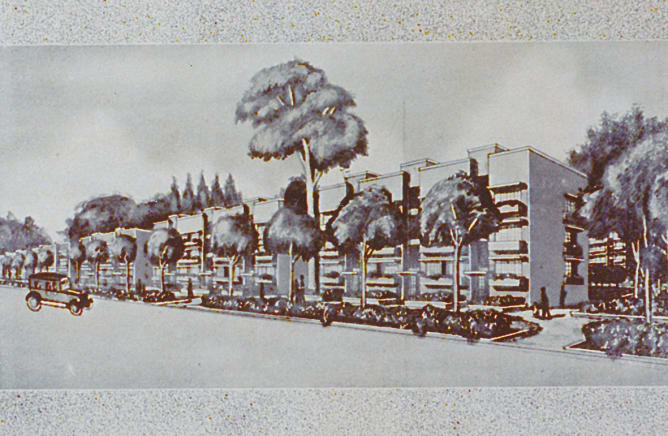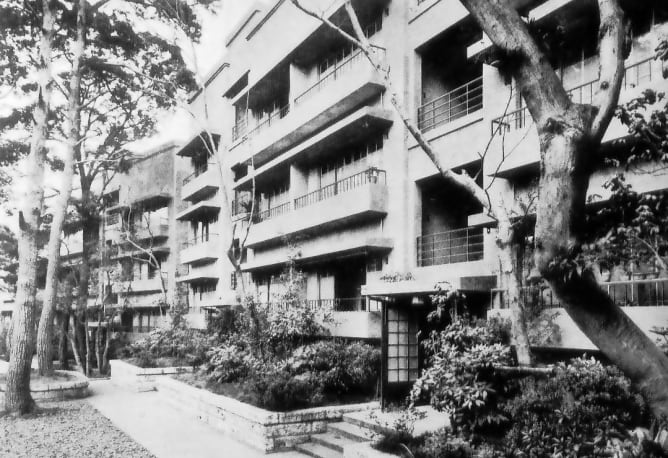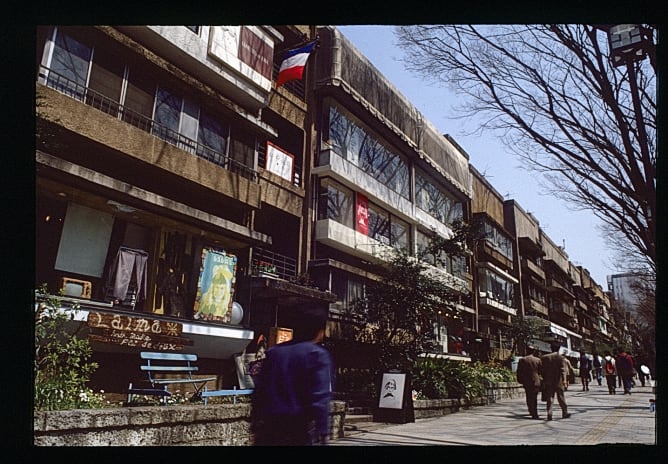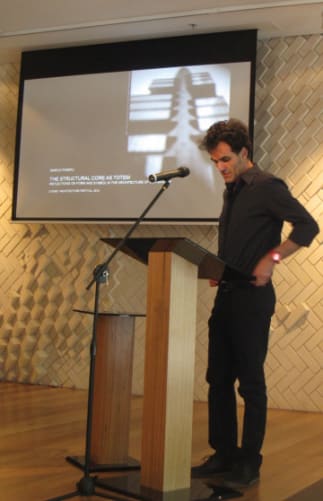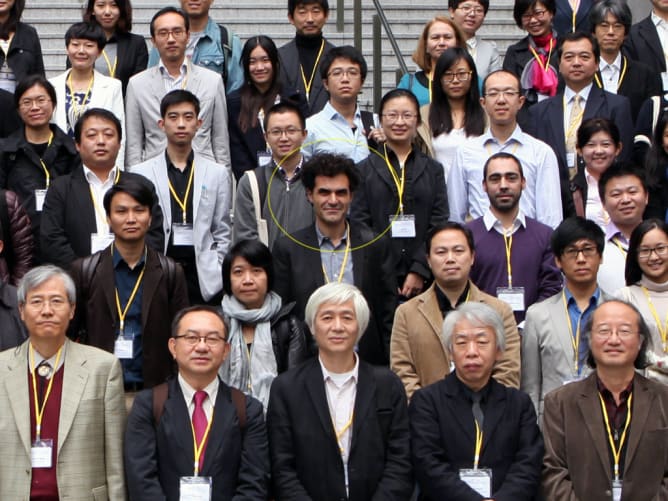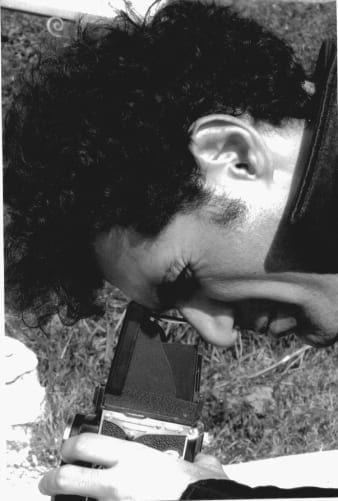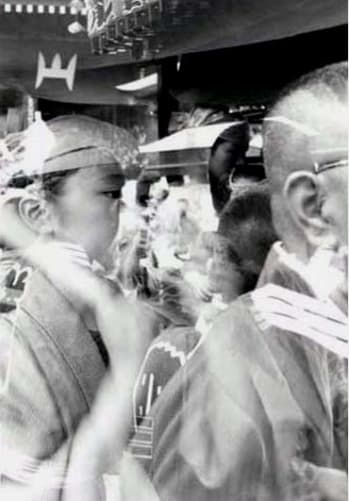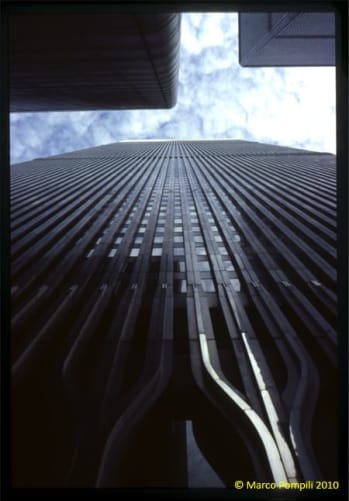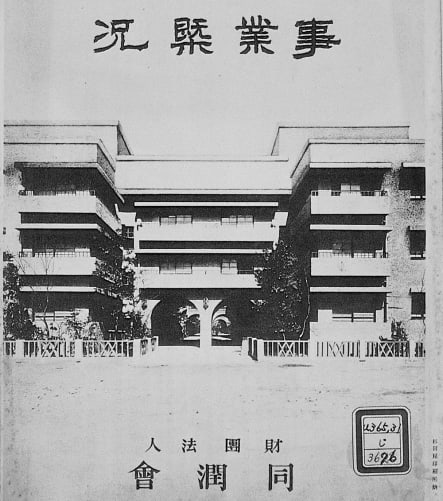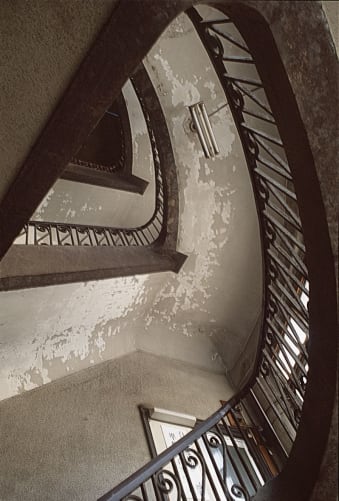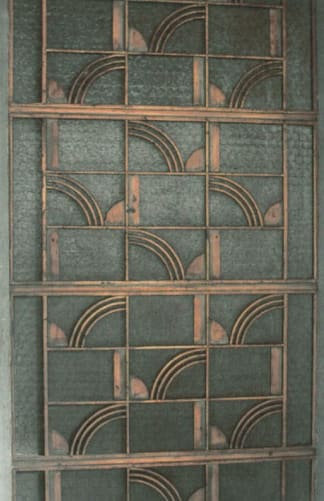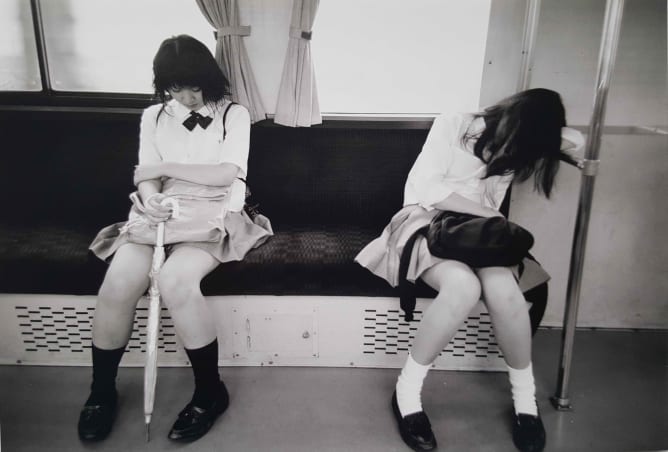Dōjunkai Apartments: The birth of public housing in Japan
Why it is important:
The aim of the project is to make the topic of modern public housing in Japan accessible to a wider public. We want to do this by publishing the first book in English on this subject. The book is addressed to readers with an interest in housing and in Japan. In particular architects, scholars in the disciplines of the built environment and of Japanese Studies. Our account centres on the 1920s, when multi-unit housing were introduced to a larger scale by the Dōjunkai association (1924-1941). The association’s most groundbreaking work, the Dōjunkai Apartments (1924-1934), paved the way for the housing initiatives in the postwar period. The Dōjunkai Apartments crystallise the fervent social and political climate of late 1920s Japan, and, because of the crossing of western and local building culture that distinguish them, reveal a unique form of modernity.
Dōjunkai association snapshot:
The Japanese government established the Dōjunkai association in the aftermath of the Great Kantō Earthquake of 1923. The extent of the devastation and the urgency of reconstruction was cleverly turned by politicians and designers into an opportunity to experiment with new forms of collective living. Novel housing configurations and advanced building techniques were deployed alongside traditional construction. Fire- and earthquake proof reinforced concrete frames contained the lightweight wooden interiors of the dwelling units. The Dōjunkai Apartments featured courtyards, bath houses, theatres, and other communal amenities, which, during the period of recovery after the earthquake, became symbolic of community building.
Publisher:
The project has attracted the interest of several prestigious publishers in Europe and in the United States. We have been liaising with one of these publishing houses in particular, to whom the manuscript will be submitted in the first semester of 2023.
Completing the manuscript is the first goal and to reach it your help is needed.
An original contribution to existing literature
Book features:
- First comprehensive work in English on public housing in Japan and on the Dōjunkai Apartments
- Multidisciplinary character (architecture, japanology, history)
- Authors from Europe, North America and Japan
Editor:
- Dr Marco Pompili, architect and independent scholar, Zurich
Contributors:
- Dr Ōtsuki Toshio, professor at The University of Tokyo, housing historian
- Dr Carola Hein, professor and head at Delft University of Technology, urban planning specialist
- Dr Silvana De Maio, professor at Università «L’Orientale» of Naples, japanologist
- Nicholas Risteen, assistant teaching professor, Penn State College of Arts and Architecture
- Dr. John Leisure, historian, Specially Appointed Researcher, University of Tokyo
Interviews with:
- Professor Fujimori Terunobu, architect and professor emeritus of The University of Tokyo and director of the Edo-Tokyo Museum, Tokyo
- Professor Satō Shigeru, professor emeritus of Waseda University, Tokyo
- Professor Jinnai Hidenobu, Hosei University, Tokyo
Some facts:
- ca. 87’000 words
- ca. 300 pages
- Three parts, seven chapters, and three sets of interviews
- ca.120 illustrations (archives, other public and private collections, photographers)
This is what the project needs backing for
This book-project is being carried out outside of the university world. It receives no support from any academic institution. All participants are working on a voluntary basis.
Funds are needed for the making of the manuscript. Your contribution helps pay fees for:
- Professional translator from Japanese into English (for example interviews)
- Professional copyeditor of all English texts
Further your contribution helps cover:
- Printing cost of illustrations in excess of the maximum one set by the press (it’s a book about architecture, the visual aspect is important)
- Fees for images with copyright
- Wemakeit cut off of 10%
Other potential sponsors: Applications for a number of grant programs are going to be made. However, obtaining money might prove difficult. Even in case of success the awarded sum wouldn’t be sufficient to cover all of the costs that are on the initiator. Eventual funds in excess will be distributed across the contributors as a symbolic fee for the many months of work.
Your contribution is essential for the success of the project.
Please use links below to get to know more about authors.
